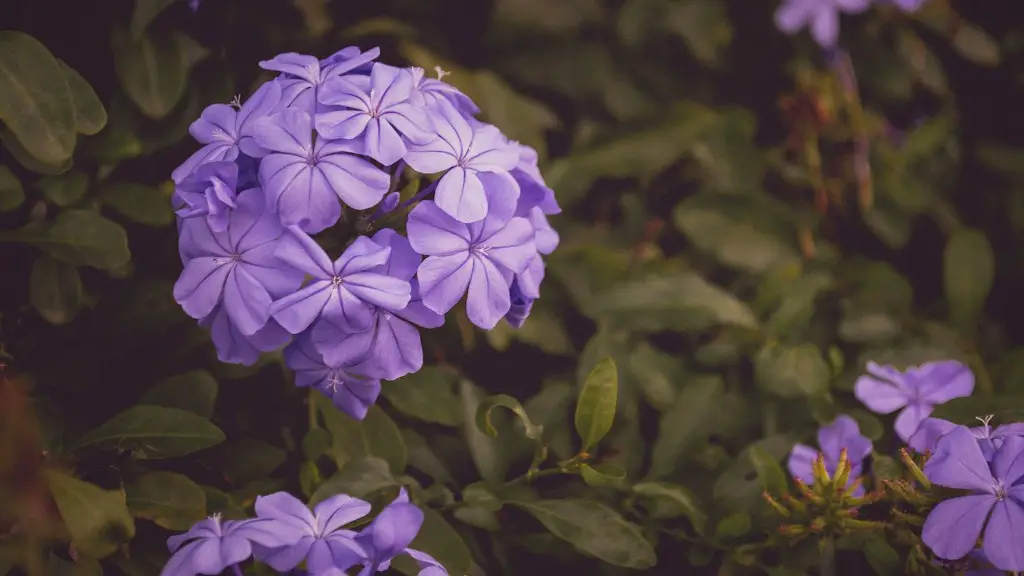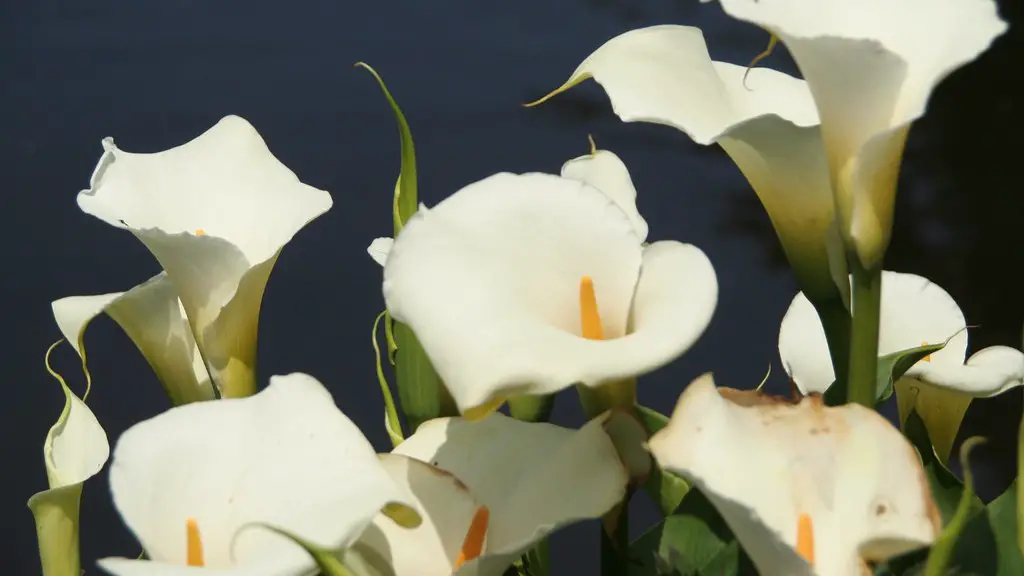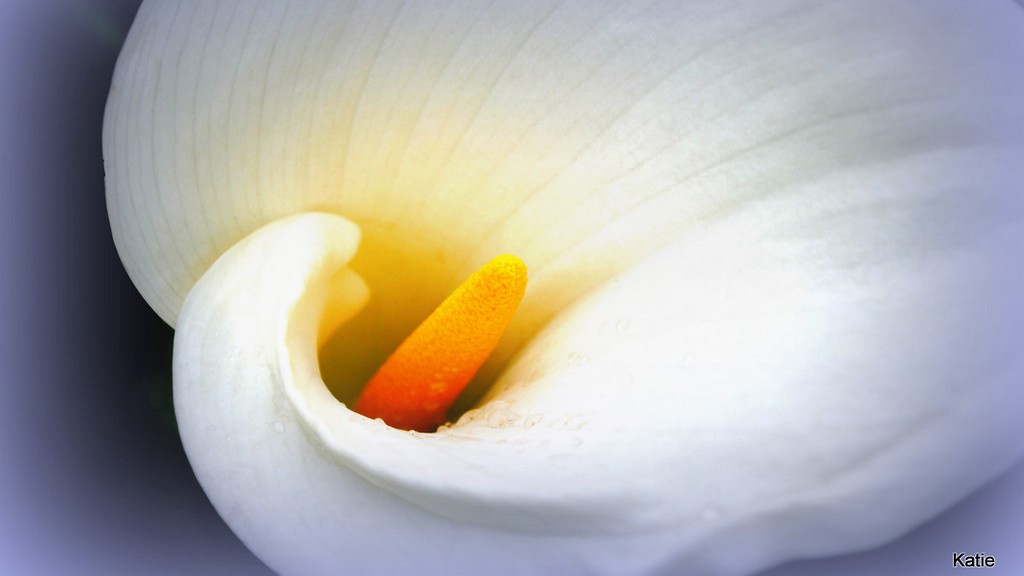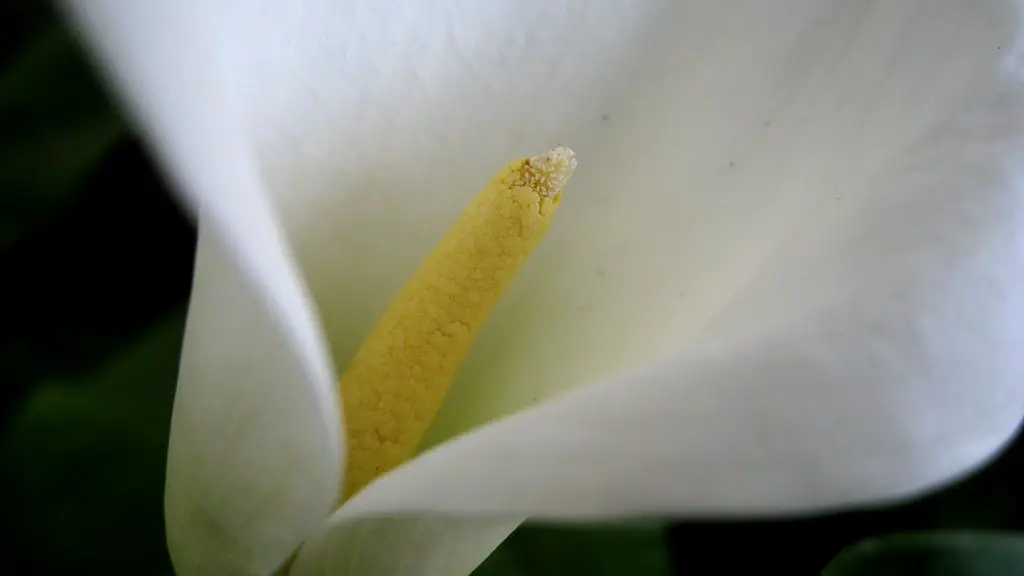African violets are a type of houseplant that originates from Africa. They are known for their beautiful flowers and their ability to thrive in low-light conditions. When it comes to watering African violets, the rule of thumb is to water them thoroughly, but not too often. Overwatering can lead to root rot, so it is important to let the soil dry out in between waterings.
African violets are typically watered about once a week, giving the soil a good soaking each time. However, you may need to water more often during hot weather or if your plant is in a pot without a drainage hole.
How much water do African violets need?
If you water your African violet’s roots too much, the roots can suffocate and the plant can die. African violets only need water when the soil is almost dry. Usually, you’ll only need to water them about once a week, but this can vary depending on conditions like the temperature, the season, and the size of the plant’s container.
The best guide to watering your African violet is to feel the top of the soil. If it is dry to the touch, then it is time to water. African violets should be allowed to dry out between each watering for best results. Overwatering can kill a plant. The fine roots of an African violet need air, which cannot penetrate a soggy wet soil mass.
What is the best way to water African violet
Watering your plants is an important part of keeping them healthy and happy. There are a few things to keep in mind when watering your plants:
-Keep the soil moist to dry, and allow the soil around the roots to dry out before watering to encourage blooming.
-Water from the bottom with room temperature water by placing the plastic grower’s pot in water, and allowing the plant to absorb the water (not more than 30 minutes).
-Be careful not to overwater your plants, as this can cause them to become unhealthy and unhappy.
African violets need indirect sunlight, so a north- or east- facing window is best. Keep plants away from cold glass and rotate the pot once a week so all leaves receive light. Extend daylight by placing African violets under a grow light during winter months.
Should I mist my African violets?
It is important to not mist the foliage of African violets as this may cause permanent leaf spotting. Use room temperature water instead to avoid crown rot.
If you have over-watered your African Violet plant, you will need to take corrective action to save the plant. The first step is to stop watering the plant. Next, you will need to drain any excess water from the soil. Finally, you will need to take measures to improve the drainage of the soil. This may involve adding more drainage material to the pot or repotting the plant into a pot with better drainage.
Can I water African violets with tap water?
If you’re not sure about the quality of your tap water, it’s best to err on the side of caution and use filtered or distilled water for your African violets. Chlorine, chloramines, and dissolved solids can all adversely affect the health of your plants.
To clean African Violet leaves with liquid soap, fill a spray bottle with room temperature or tepid water. Spray the leaves with water and Clean the leaves using your fingers rubbing the top and bottom part of the leaves.
Where is the best place to put an African violet
To ensure your plants are getting the best possible color and blooms, grow them in bright, indirect light. A plant stand three feet away from a west- or south-facing window is an ideal location. Plants will still grow when situated right beside north- or east-facing windows, but leaves will be thin and spindly, and plants less likely to bloom.
The African Violet is a beautiful flower that is native to Africa. They have deep roots that need aeration, so it is important to keep them moderately moist but never soggy. Watering from the bottom so they can soak the water up, over an hour or so, will help to keep water out of the crown of the plant. African Violets like warmer water, around 70 degrees.
How long should African violets sit in water?
Make sure the water you give your African violet is either tepid or at room temperature. It’s best to let it sit for 24-48 hours, but if you can’t, then let it stand for at least an hour.
Some people swear by using coffee grounds to fertilize their African violets, as the grounds are slightly acidic and contain nitrogen – two things that plants need to grow healthy foliage. If you decide to try it, just make sure you don’t use too many grounds, as too much acidity can be harmful to your plants.
Do African violets need bigger pots
When potting African violets, it is best to choose a pot that is on the smaller side. This is because African violets do best when they are slightly pot-bound. A professional tip is to use a pot that is 3-4 inches in diameter for a standard African violet plant.
If you want your African Violet to stay healthy throughout the year, you need to fertilize it during the spring and summer. You should fertilize your African Violet once every 14 days during these seasons. However, during the fall and winter, you shouldn’t fertilize the plant at all to prevent over-fertilizing.
How do you keep African violets blooming?
Houseplants need bright, indirect sun to thrive. Too little sunlight causes them to stretch for the light and produce few or no flowers; too much sun can burn the leaves. An east-facing window is ideal, especially with a sheer curtain to block the sun’s harshest rays. They also need eight hours of darkness every night.
African violet leaves are a great way to add color and style to your home. They are easy to find and relatively inexpensive. You can find them at most beauty supply stores or online. The leaves can be used fresh or dried. Dried leaves will last longer but fresh leaves are more vibrant. You can use them in a vase or in a pot. Be sure to change the water every few days and keep the leaves in a cool, dark place.
Final Words
There is no one answer to this question as it depends on a number of factors, such as the type of African violet, the climate, the potting mix, and the size of the pot. However, as a general rule of thumb, African violets should be watered when the top inch of soil is dry.
It is important to water African violets regularly to keep them healthy and hydrated. Depending on the size and type of plant, you may need to water them every day or every other day.





